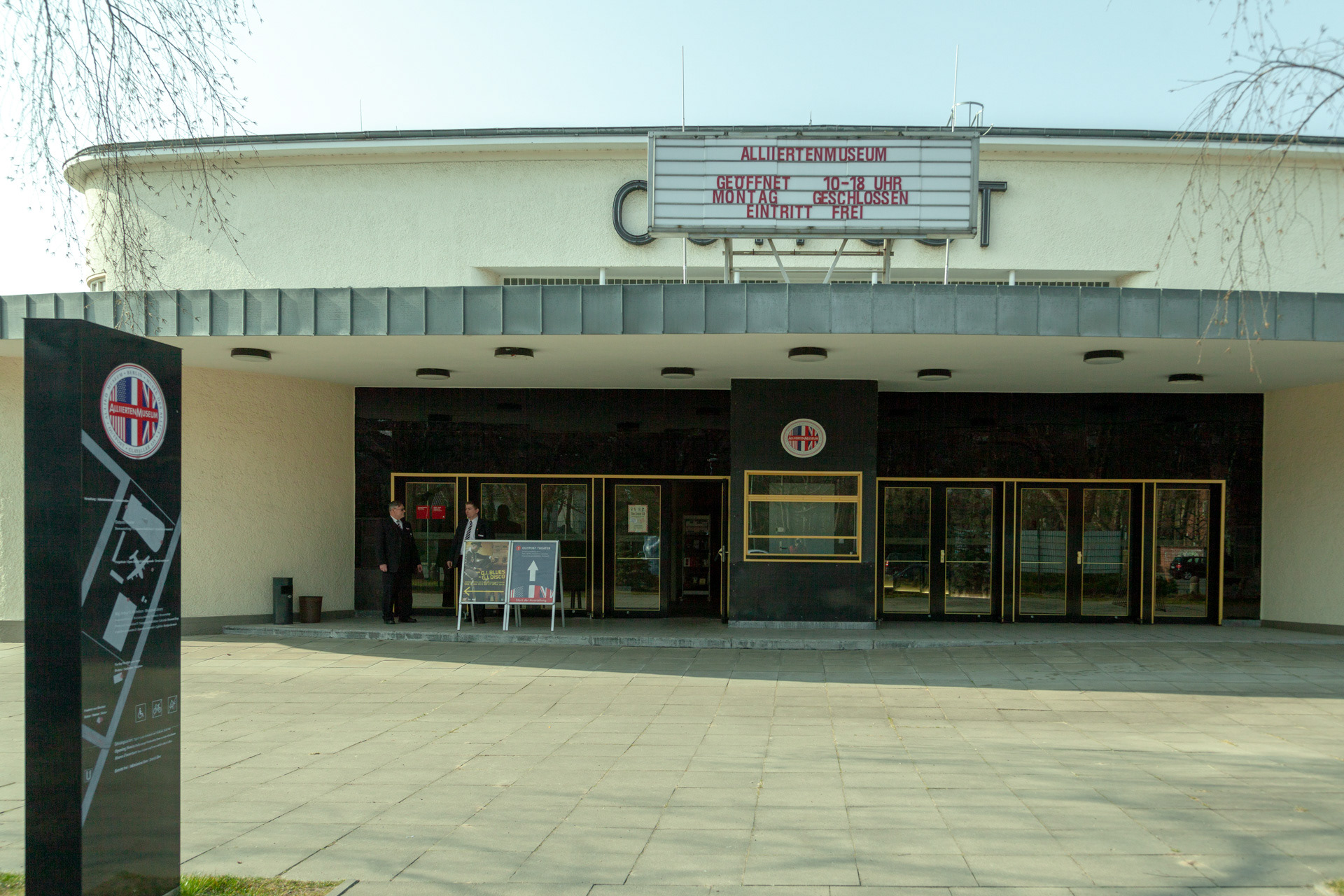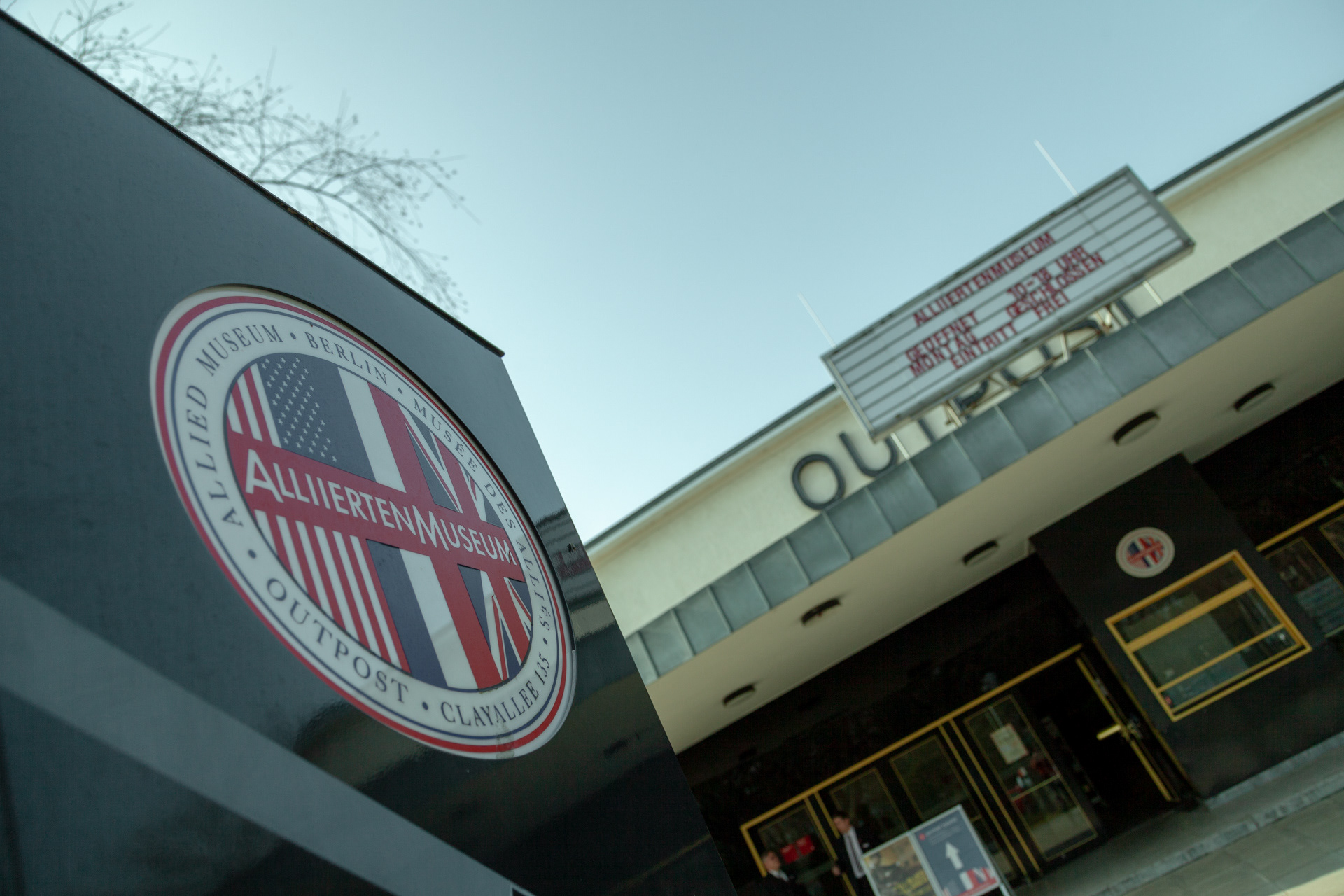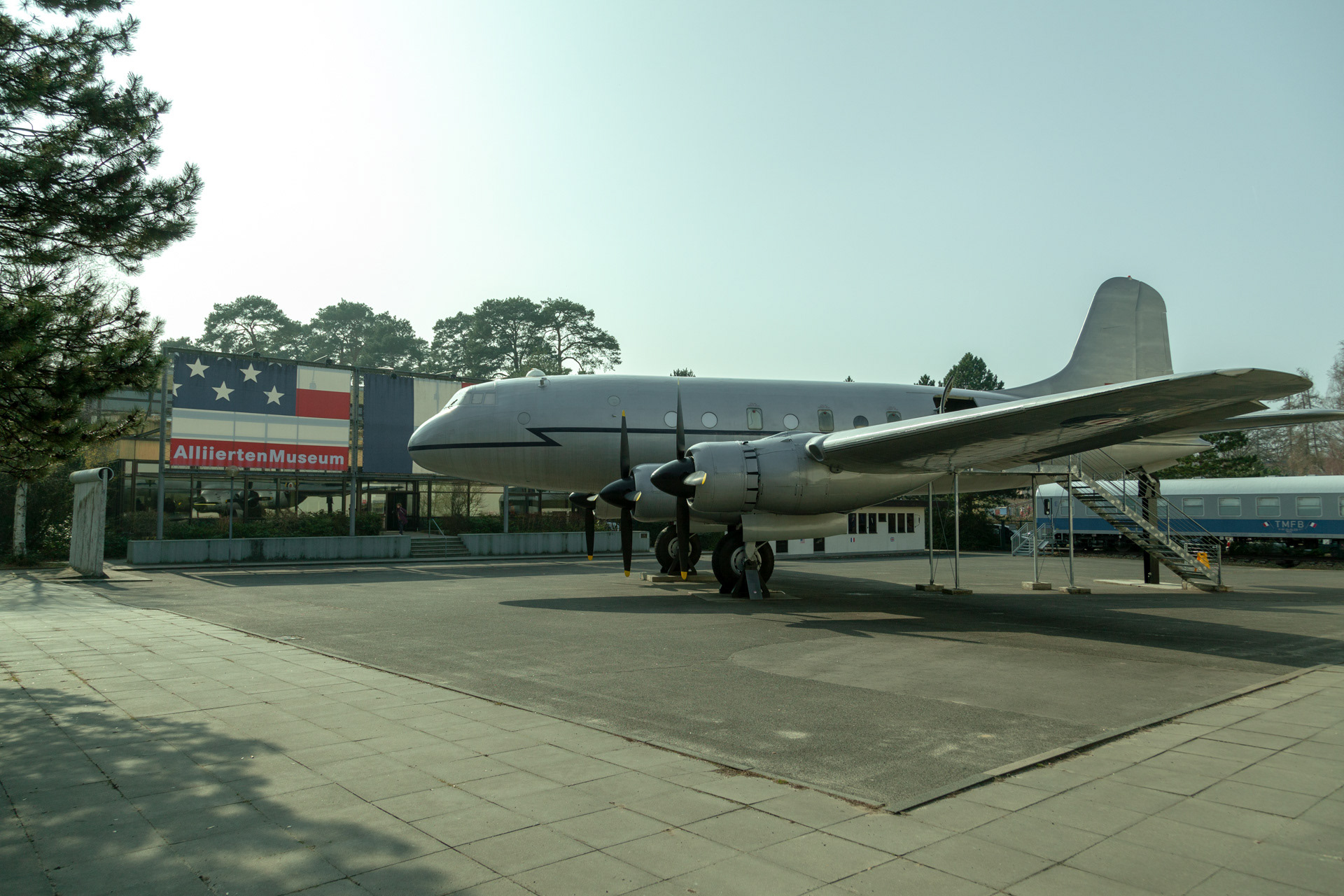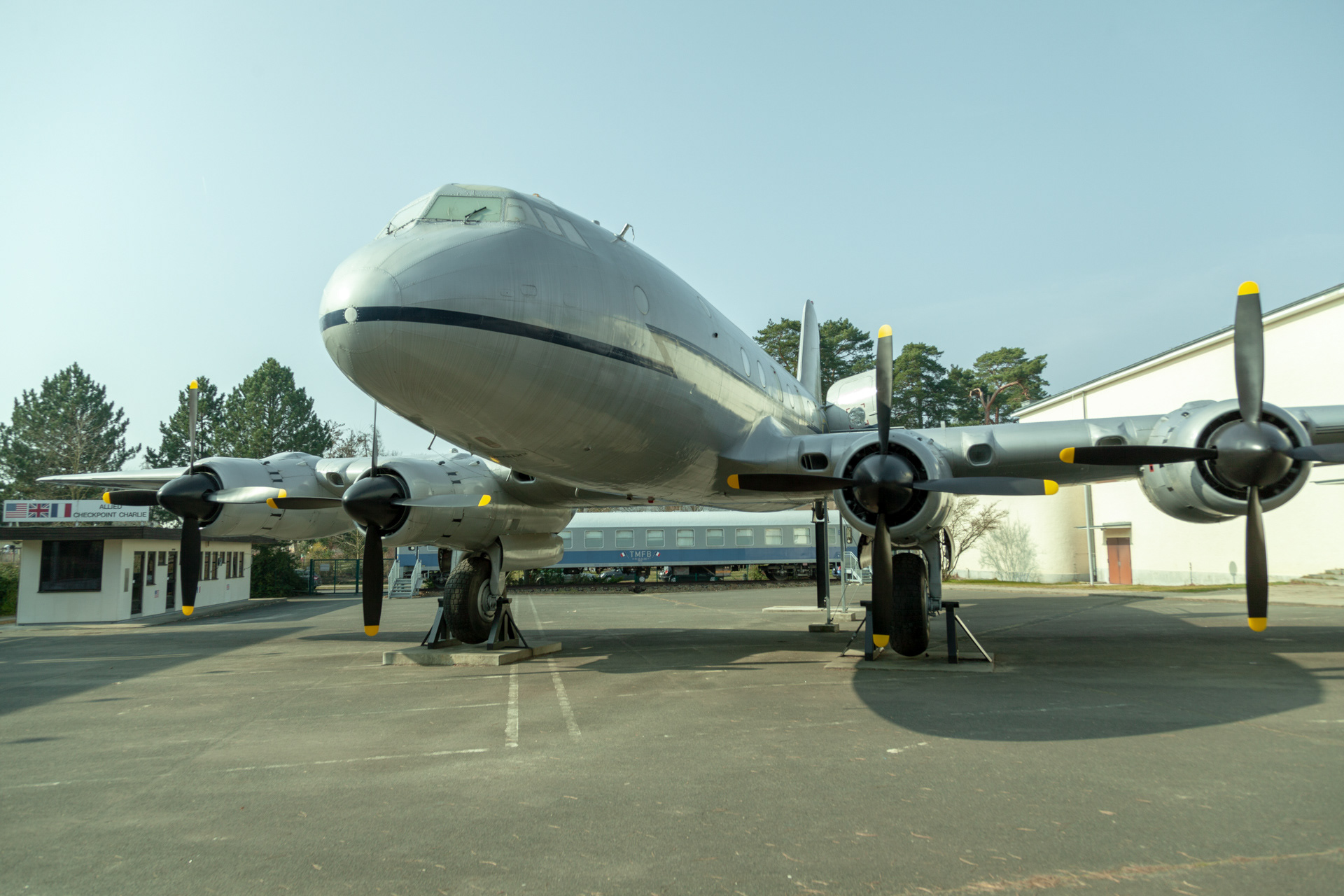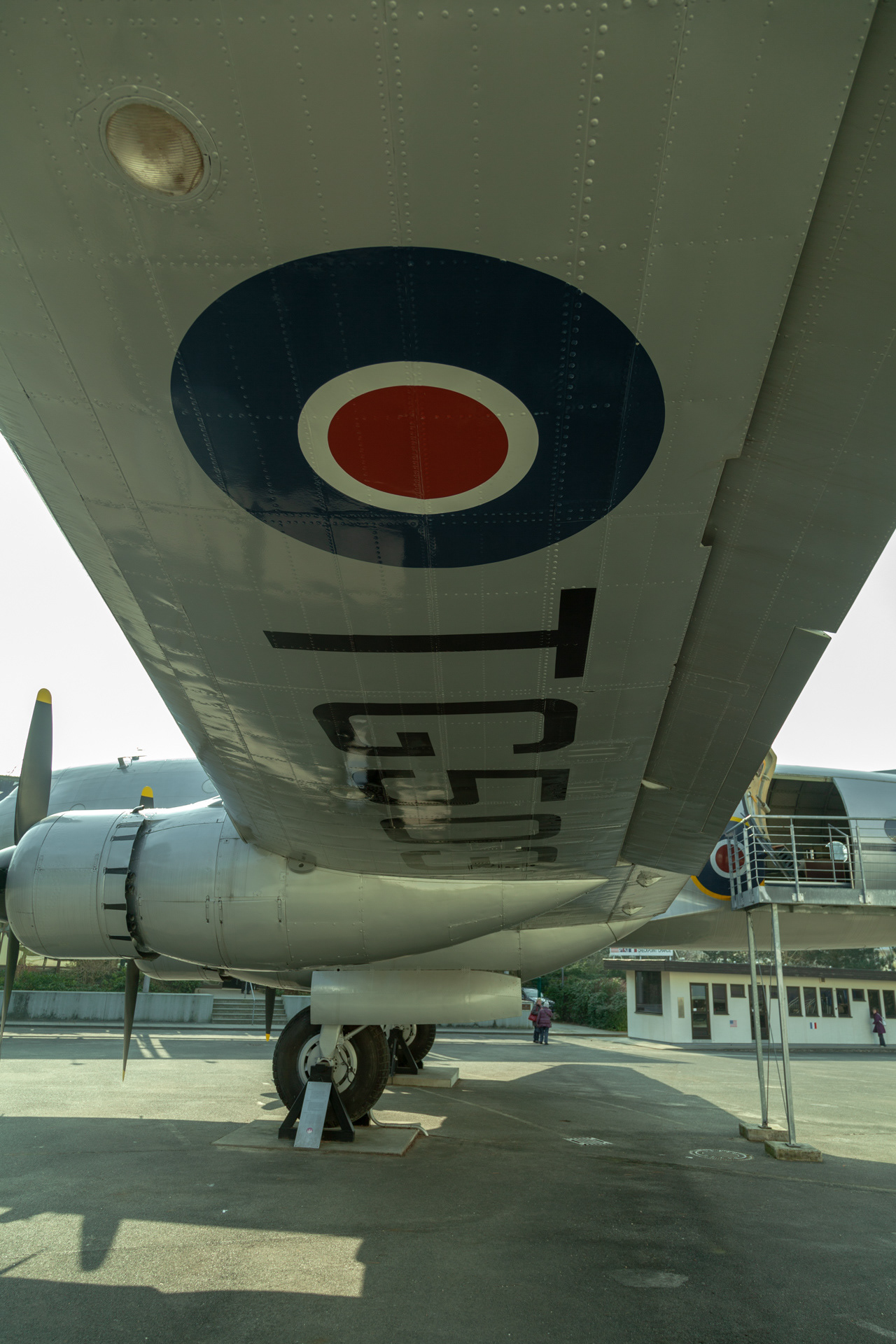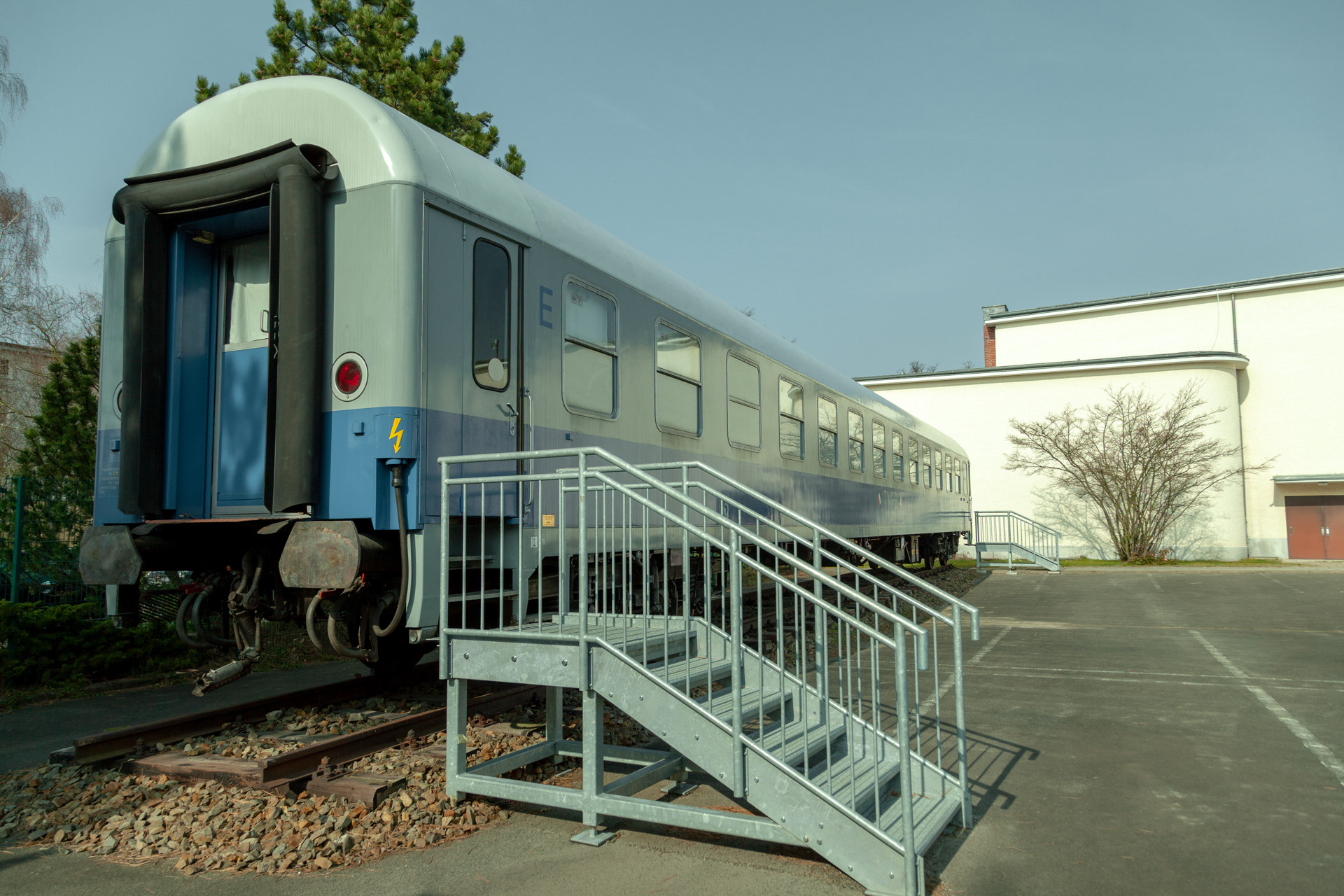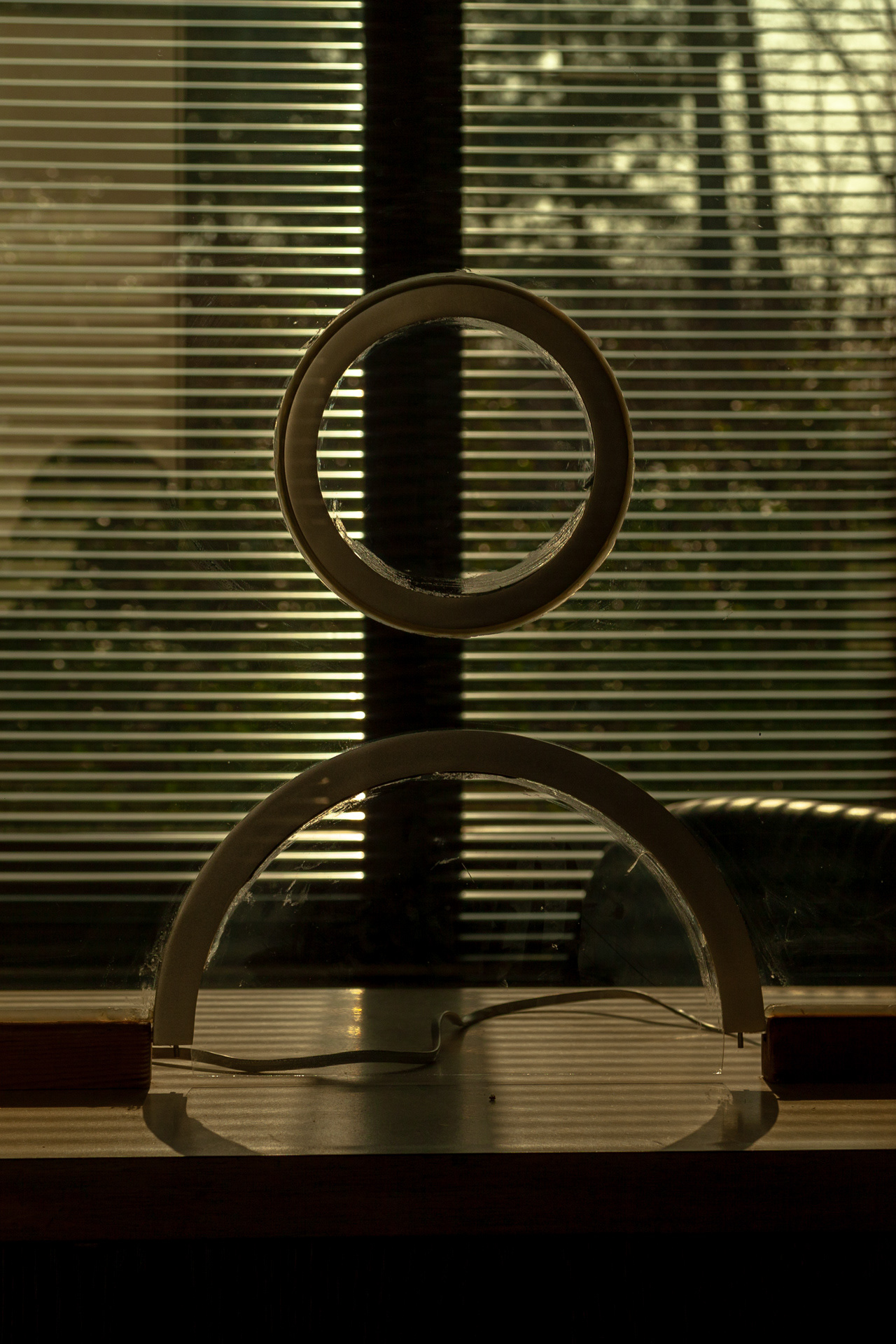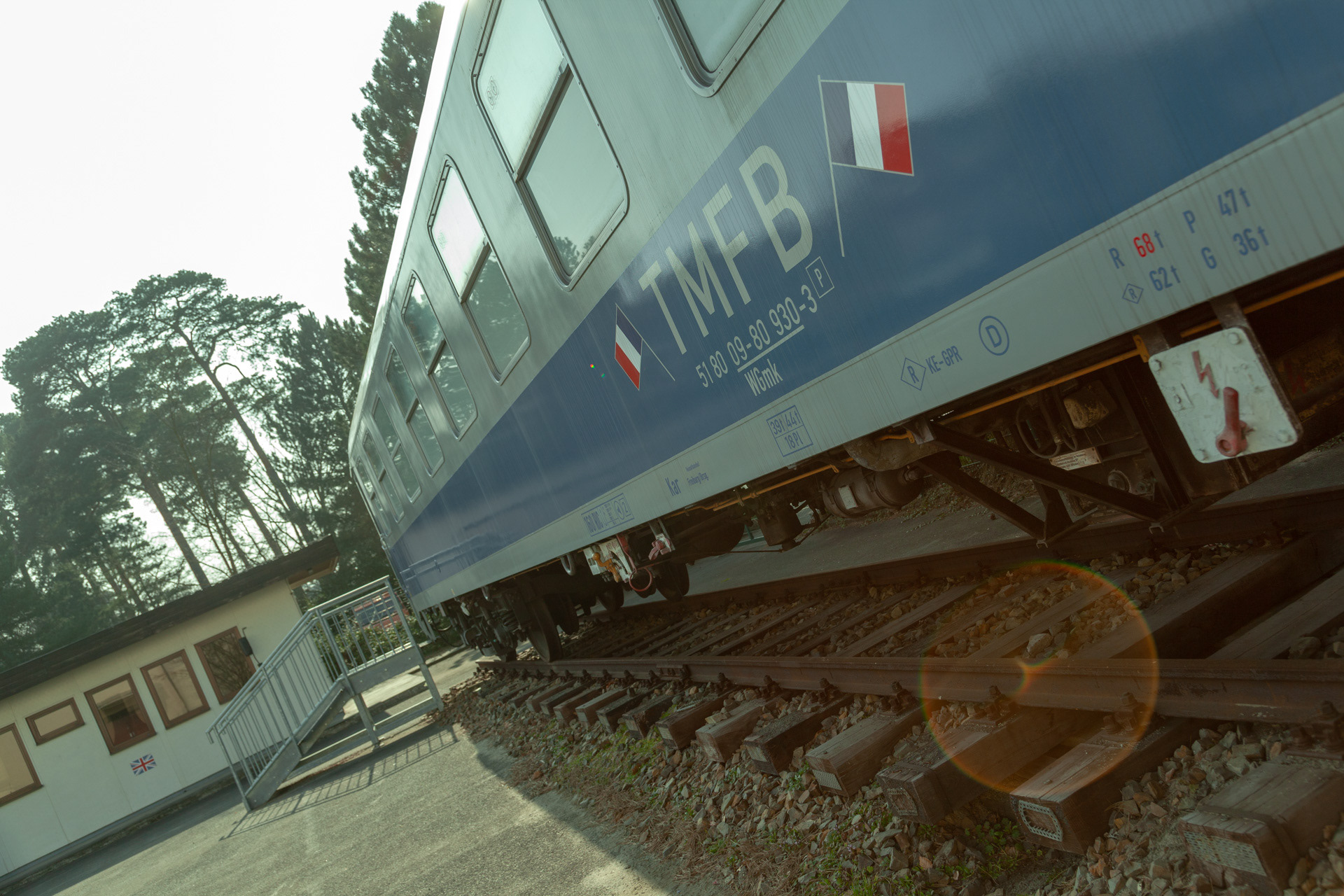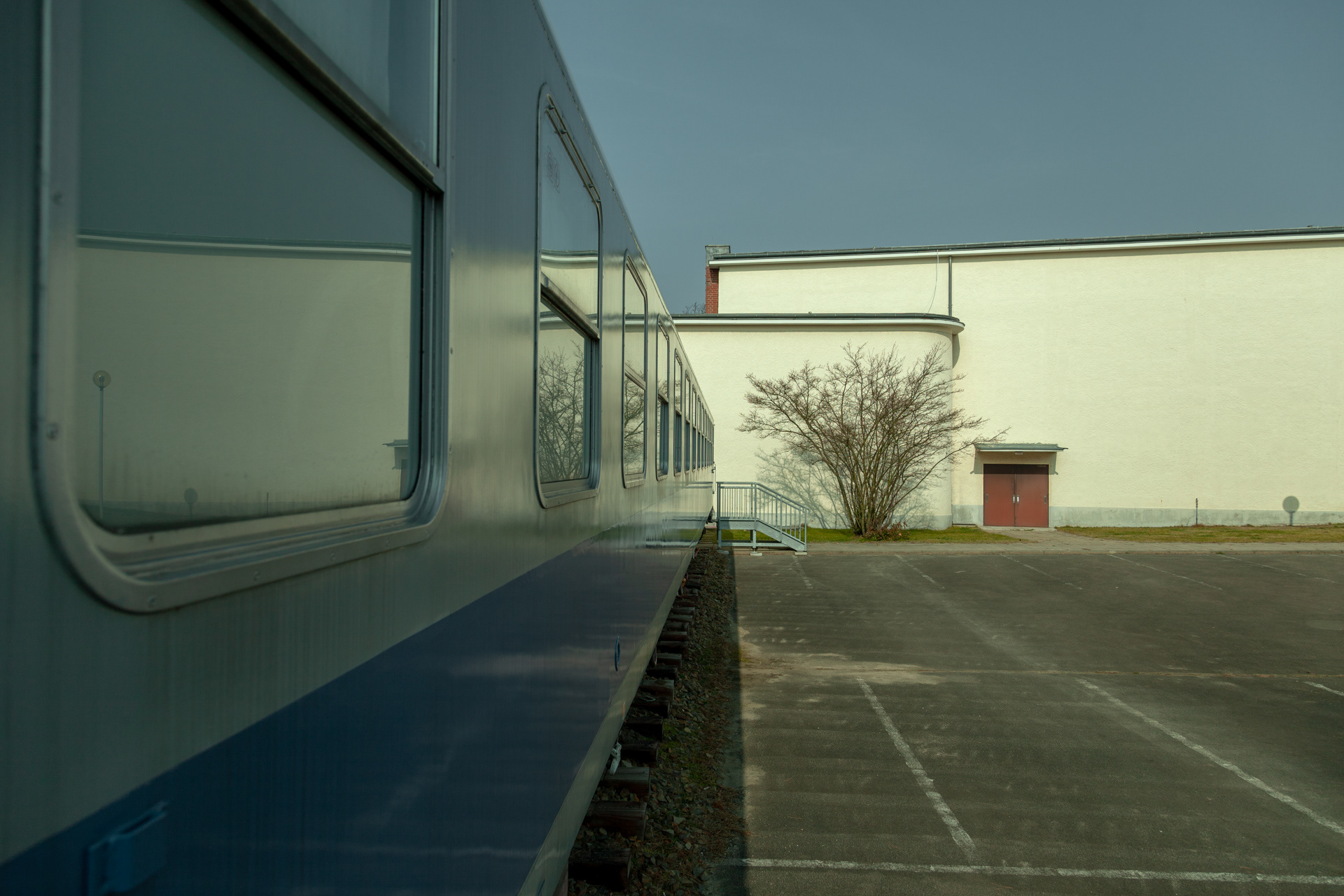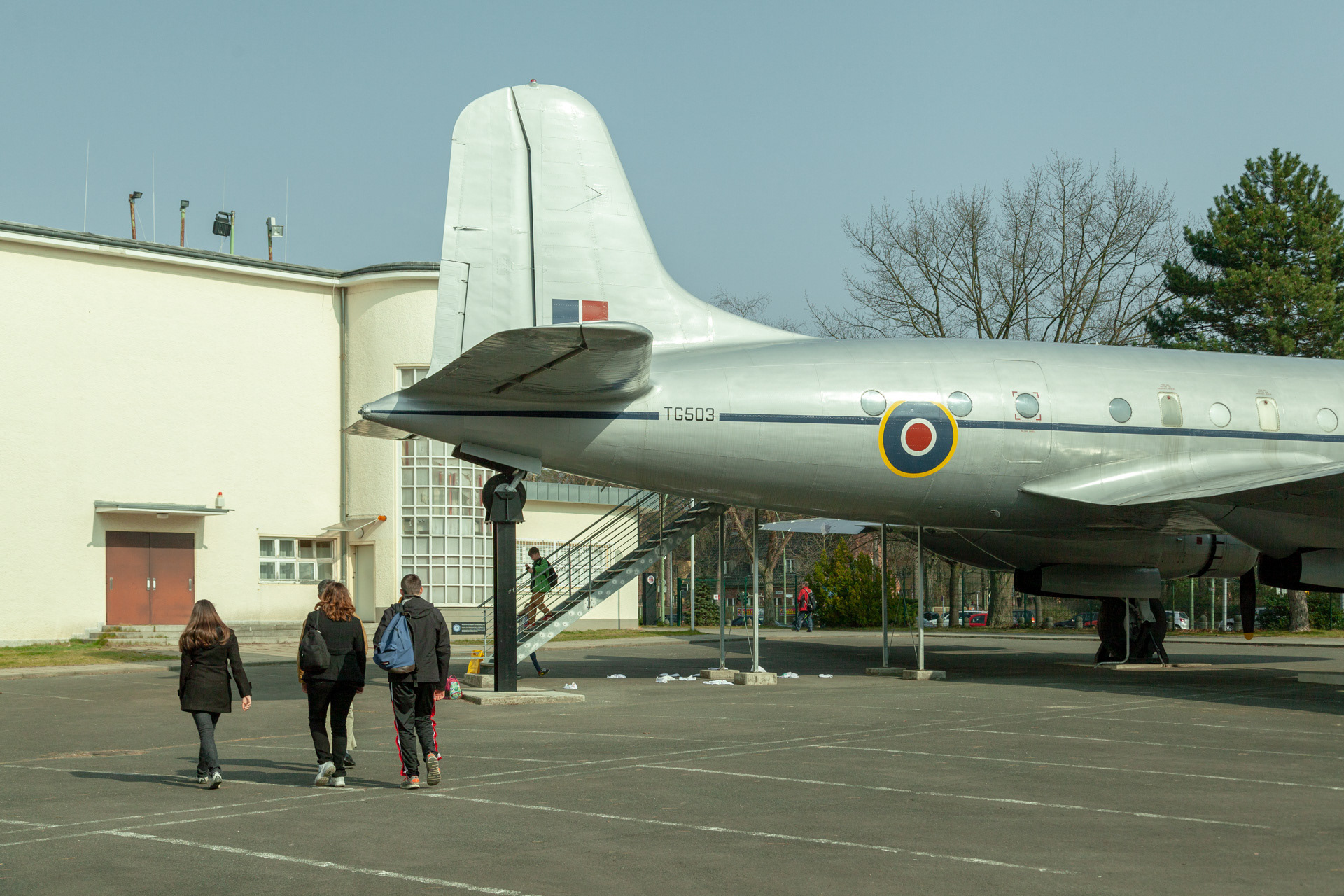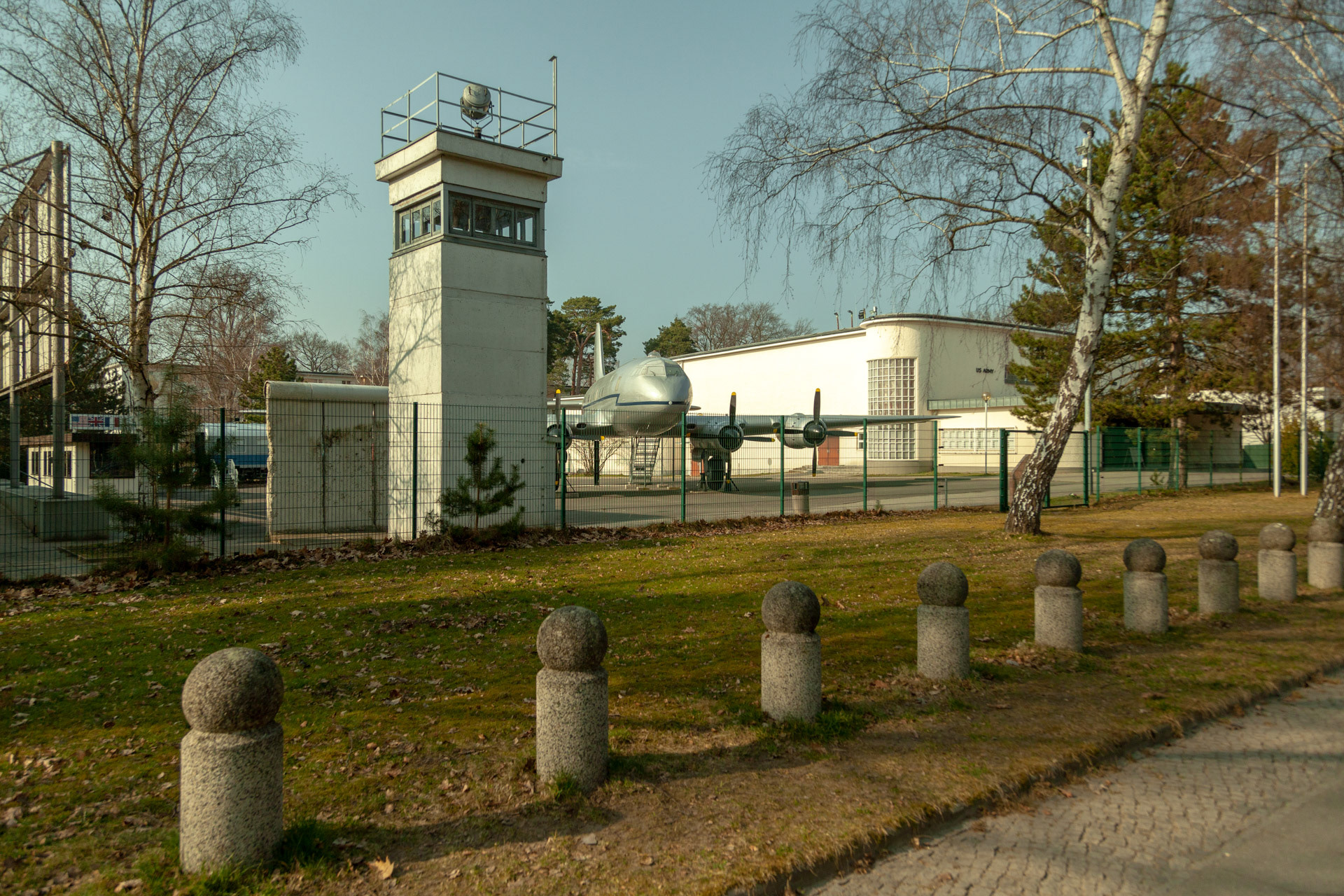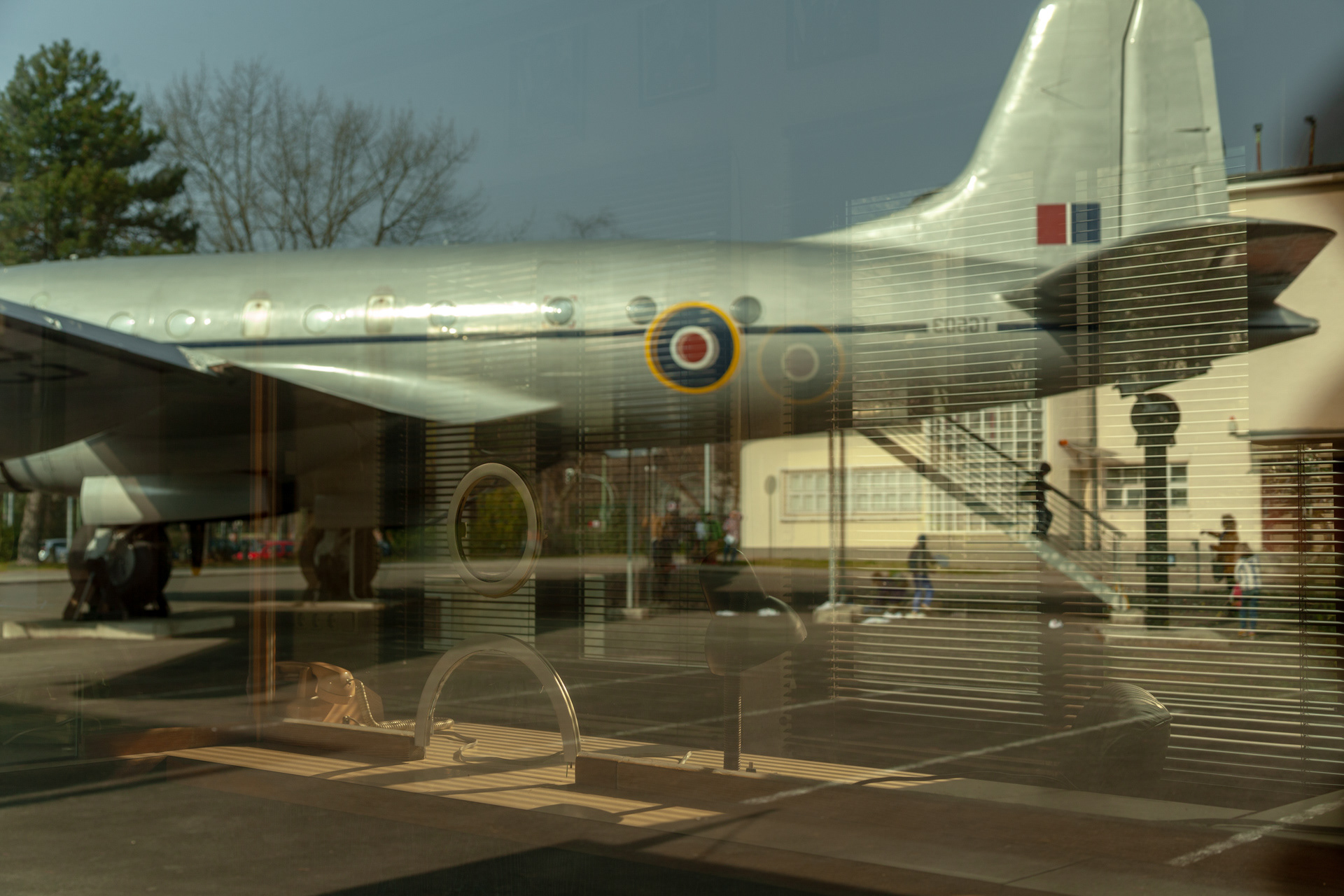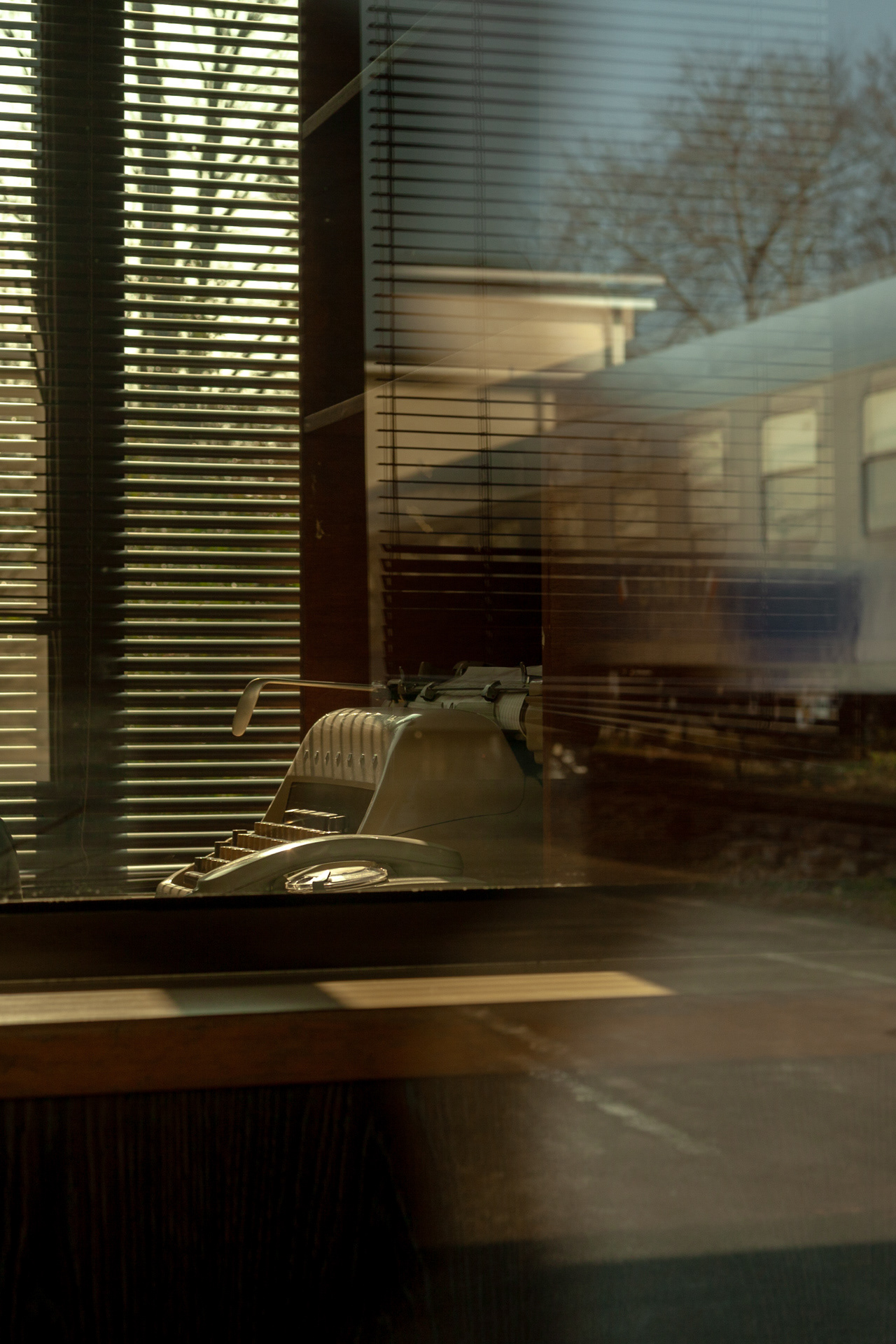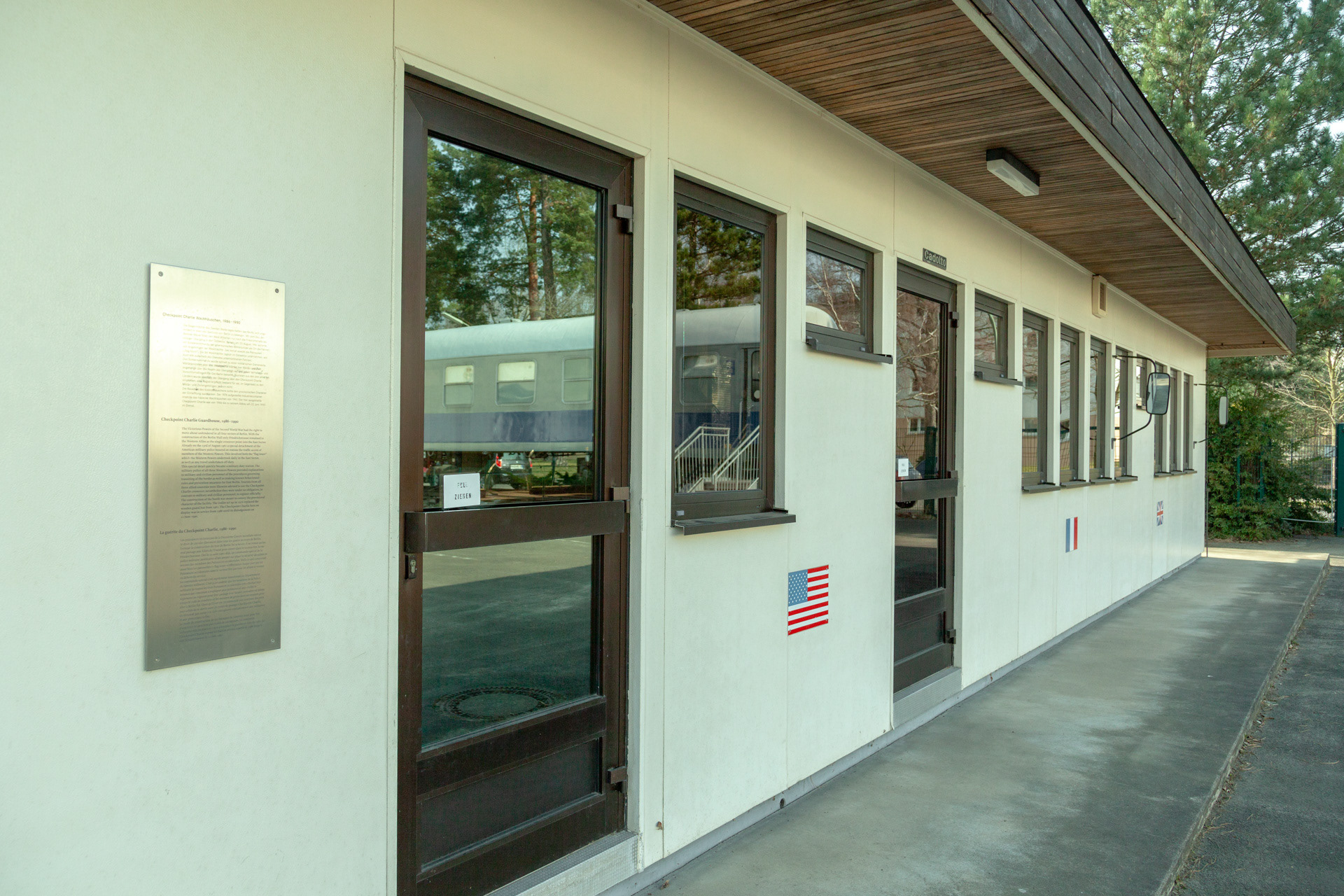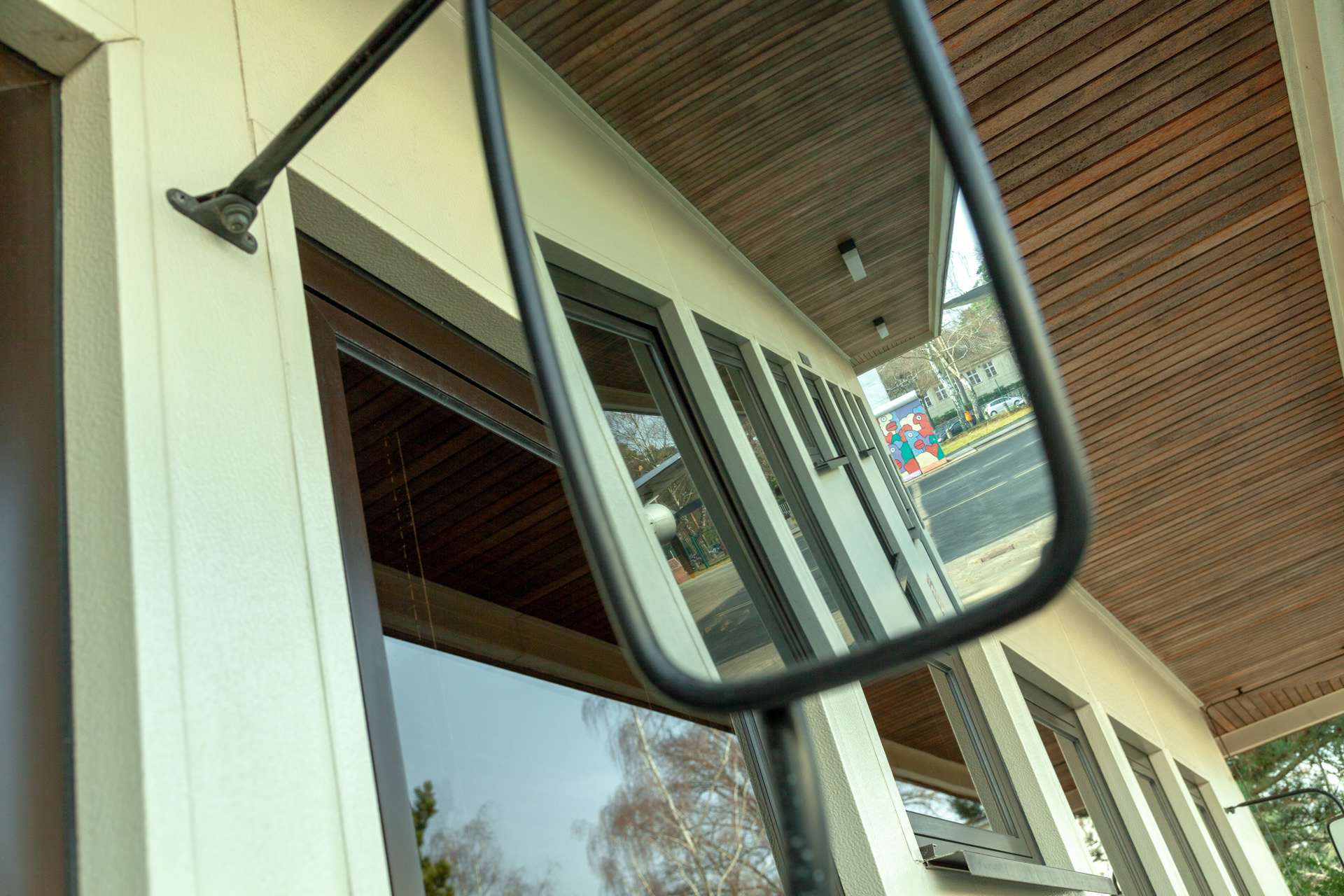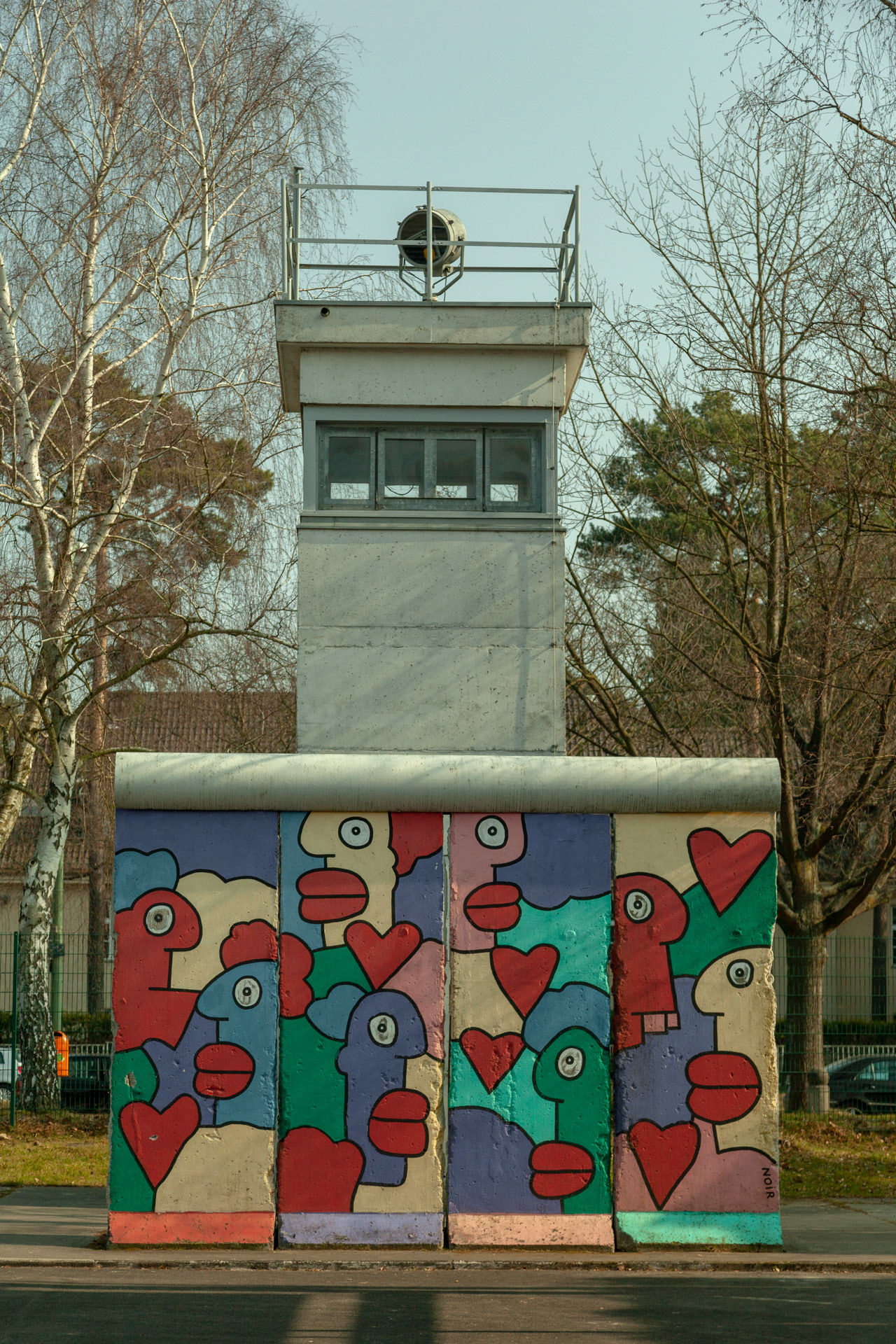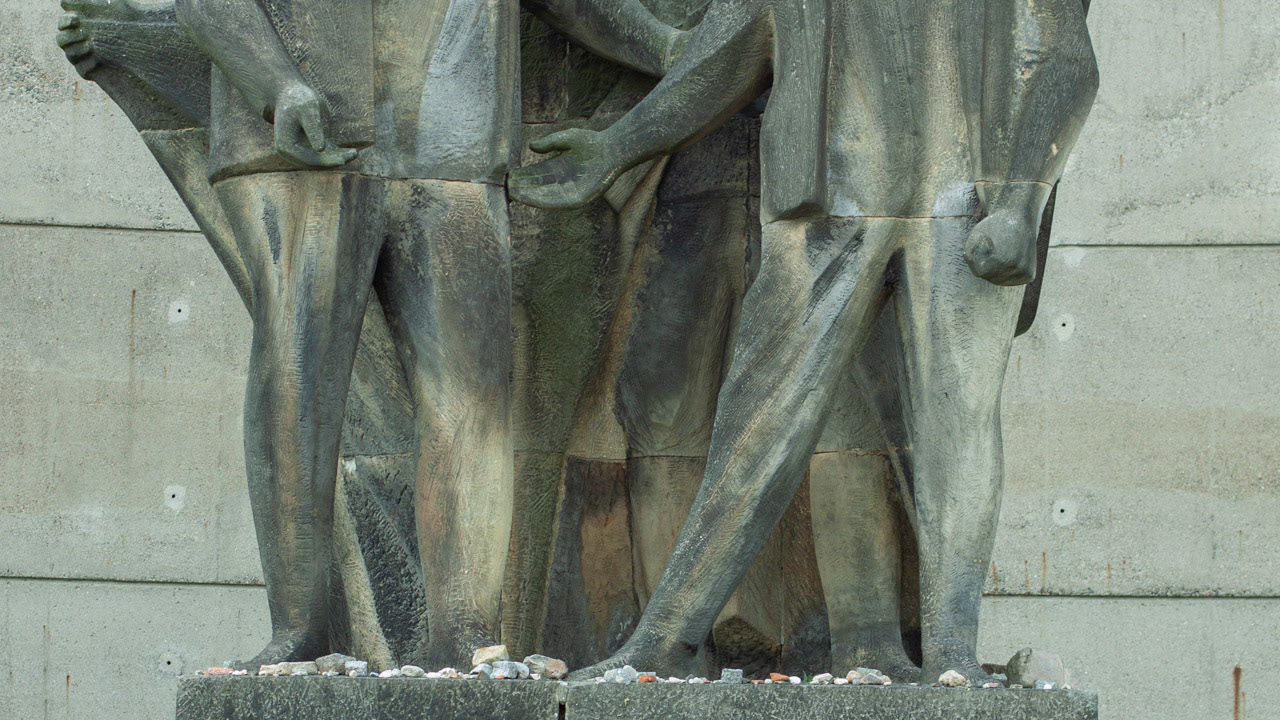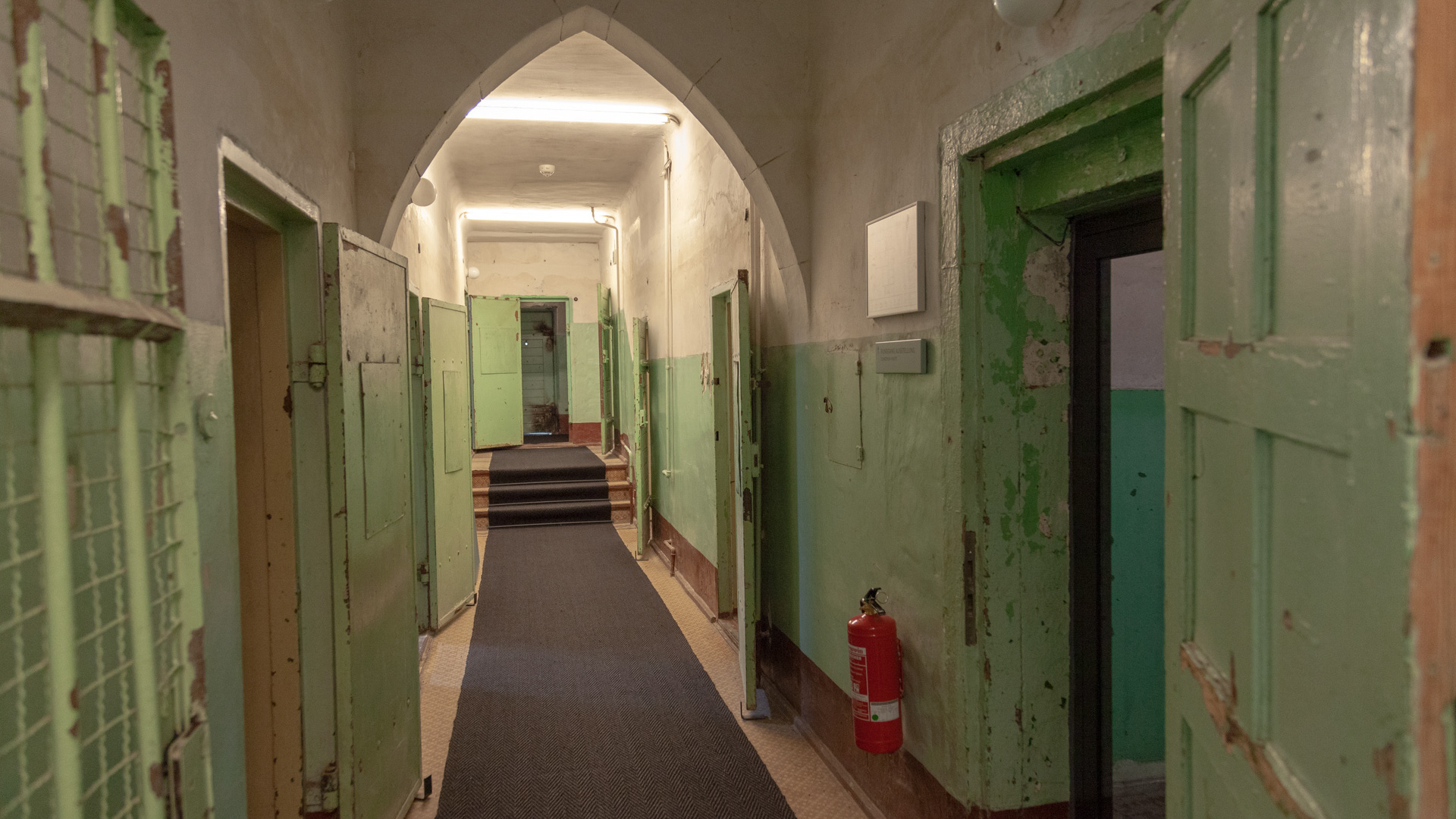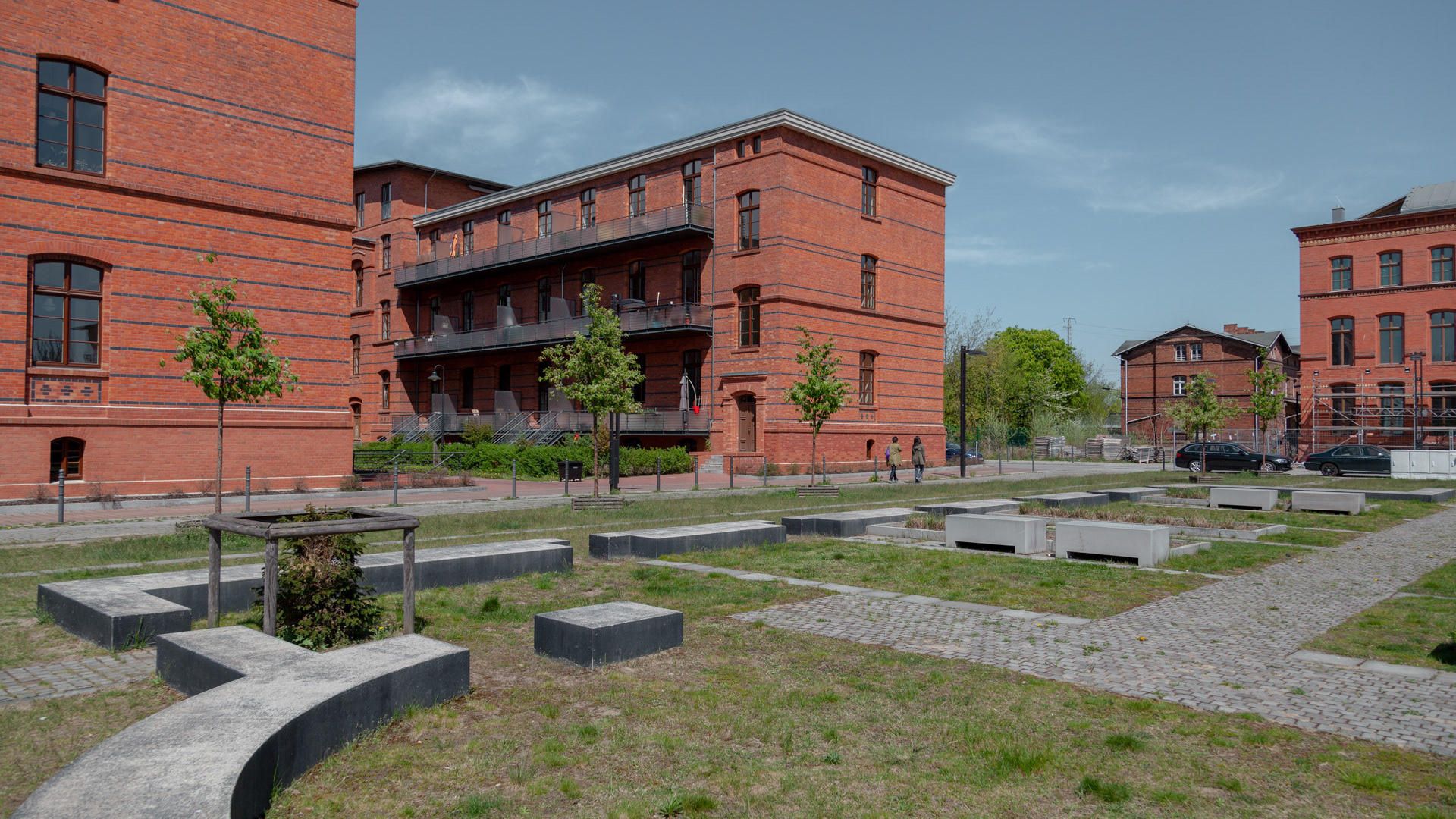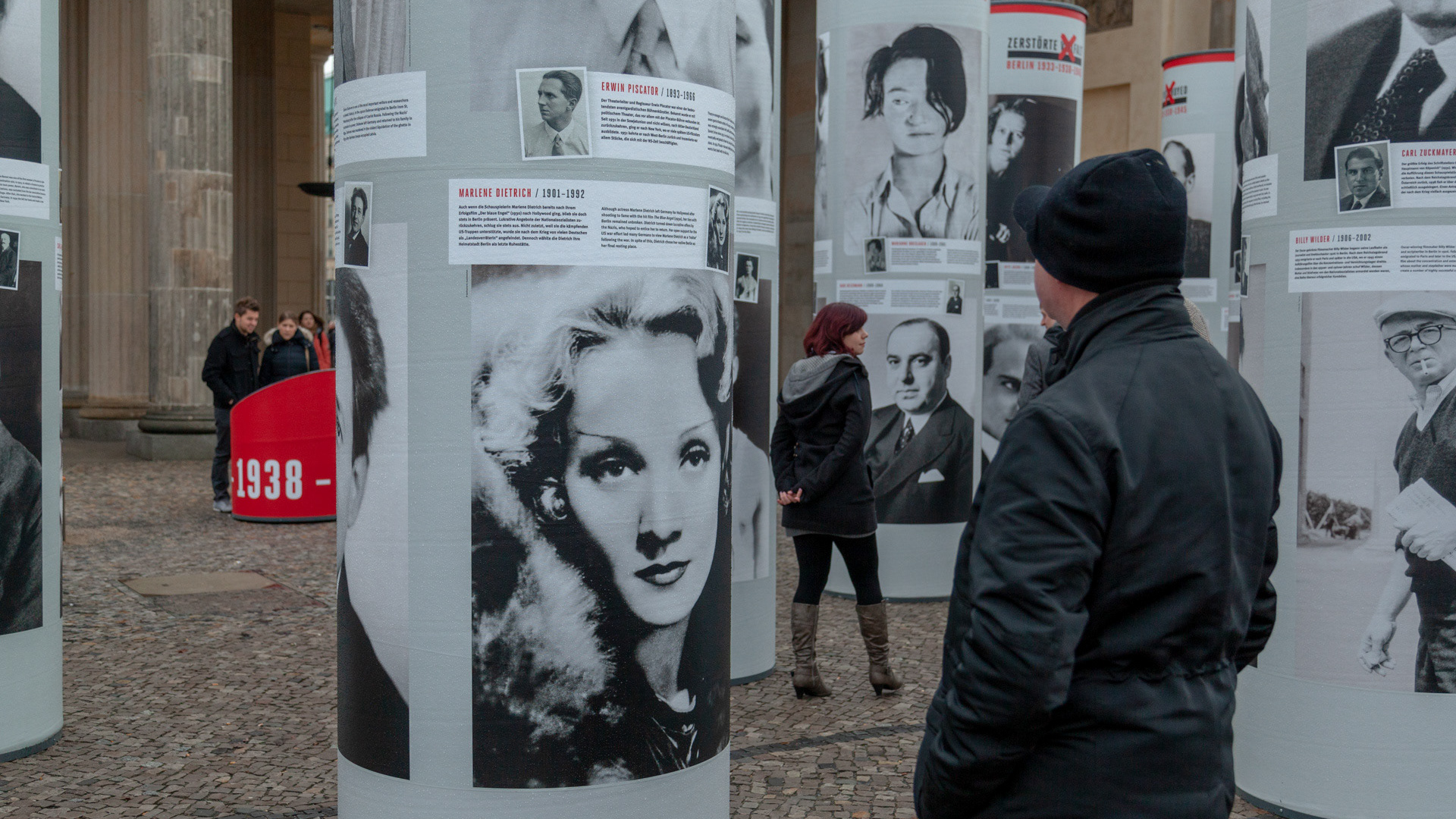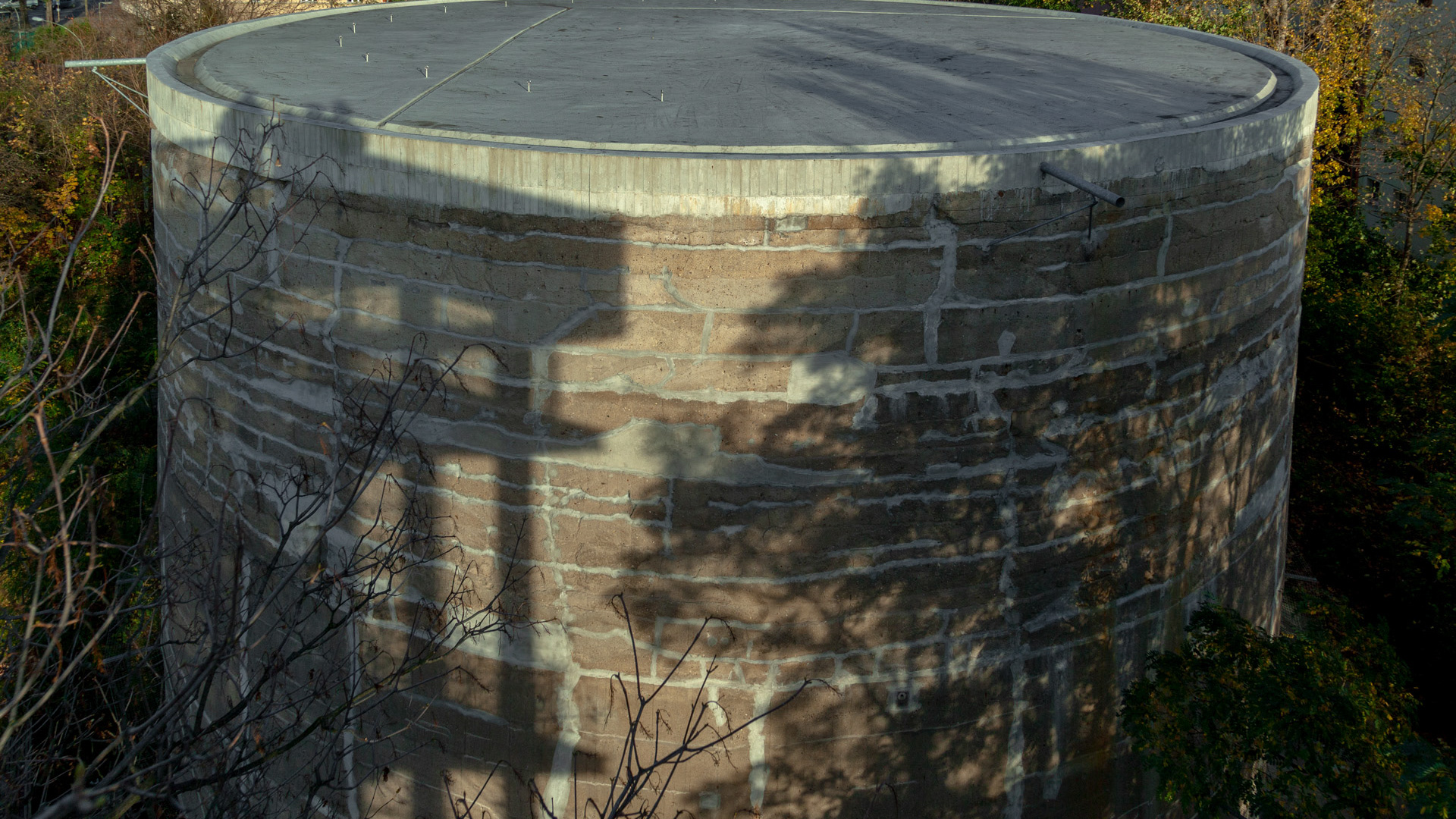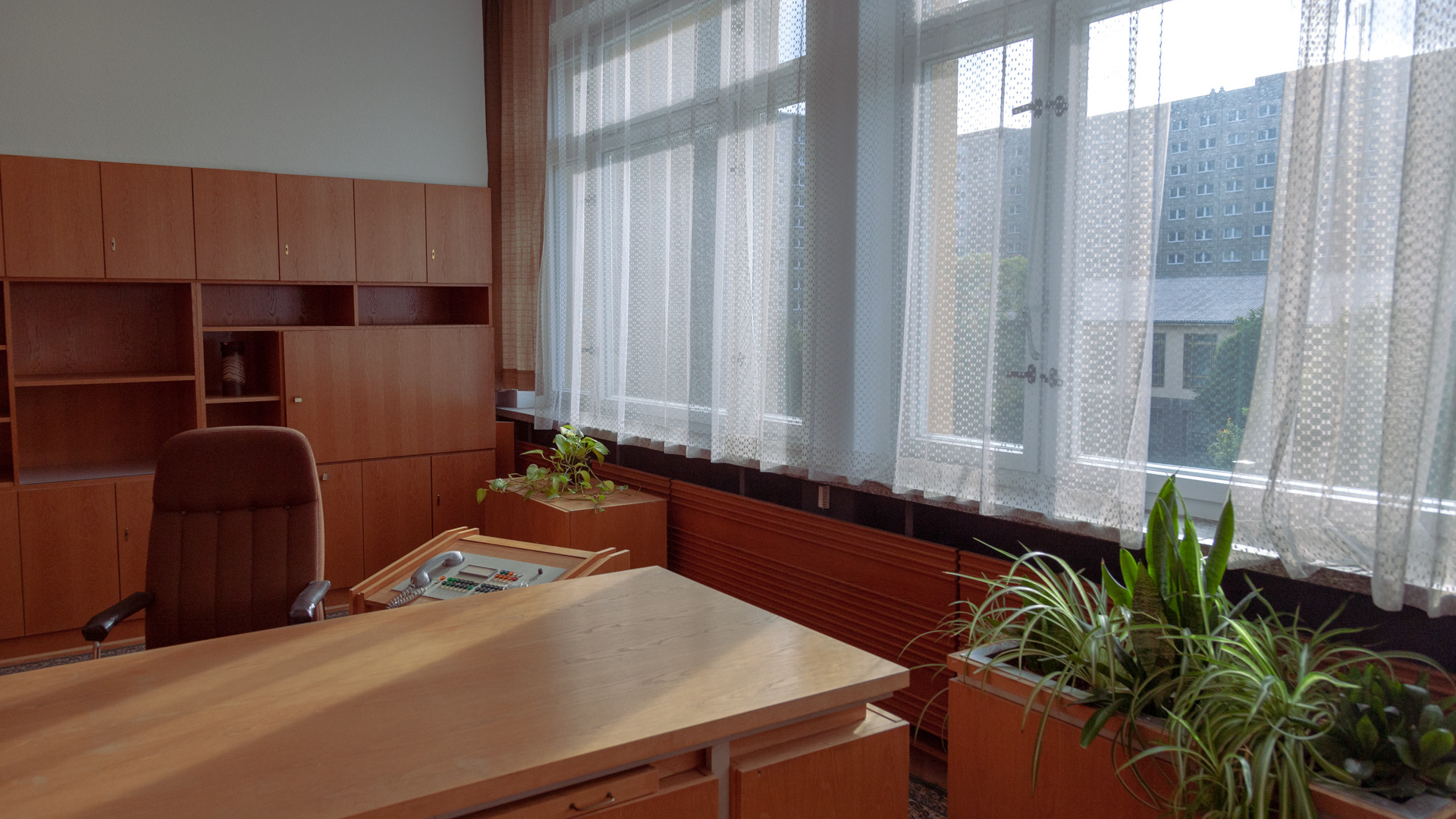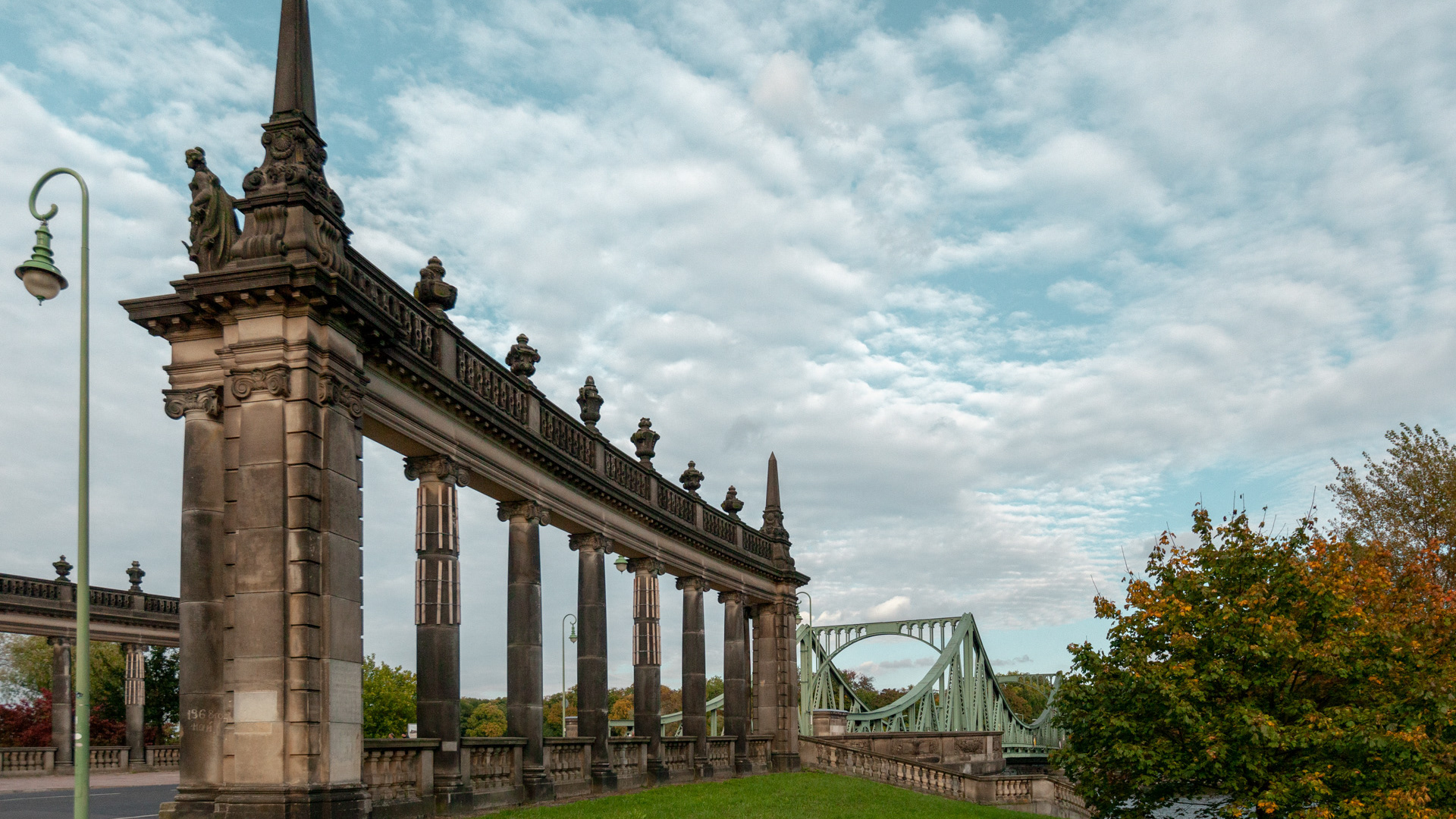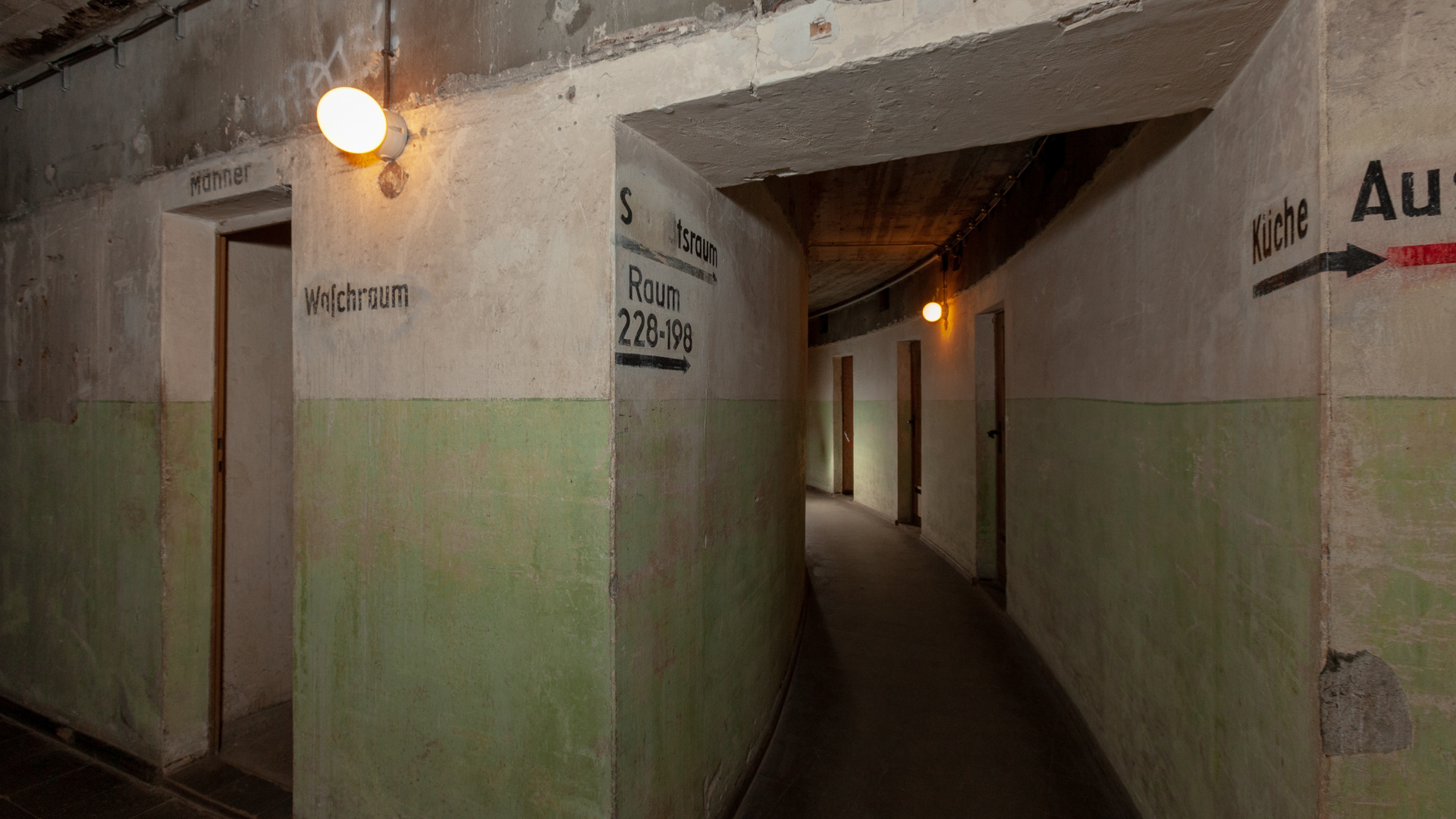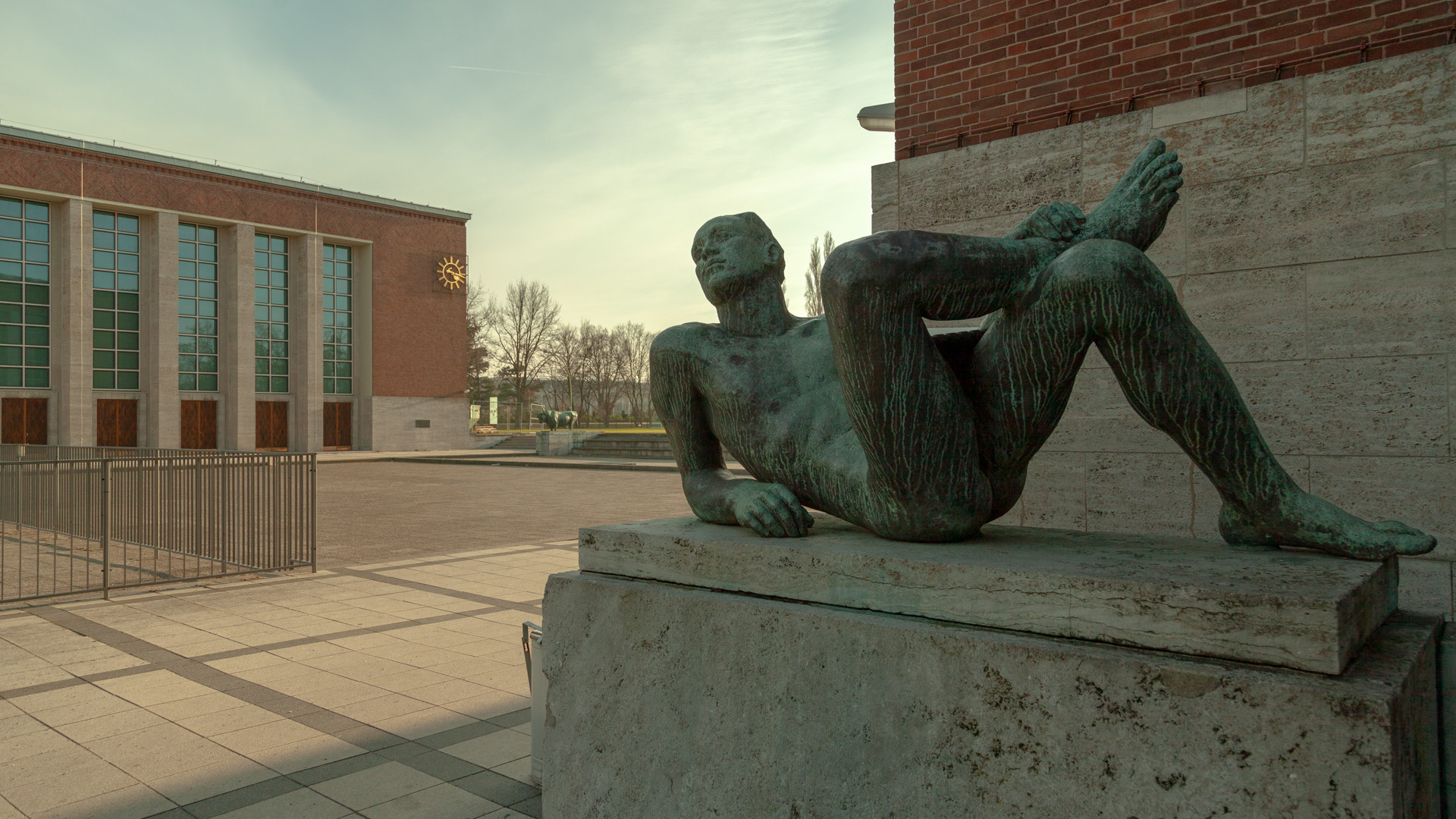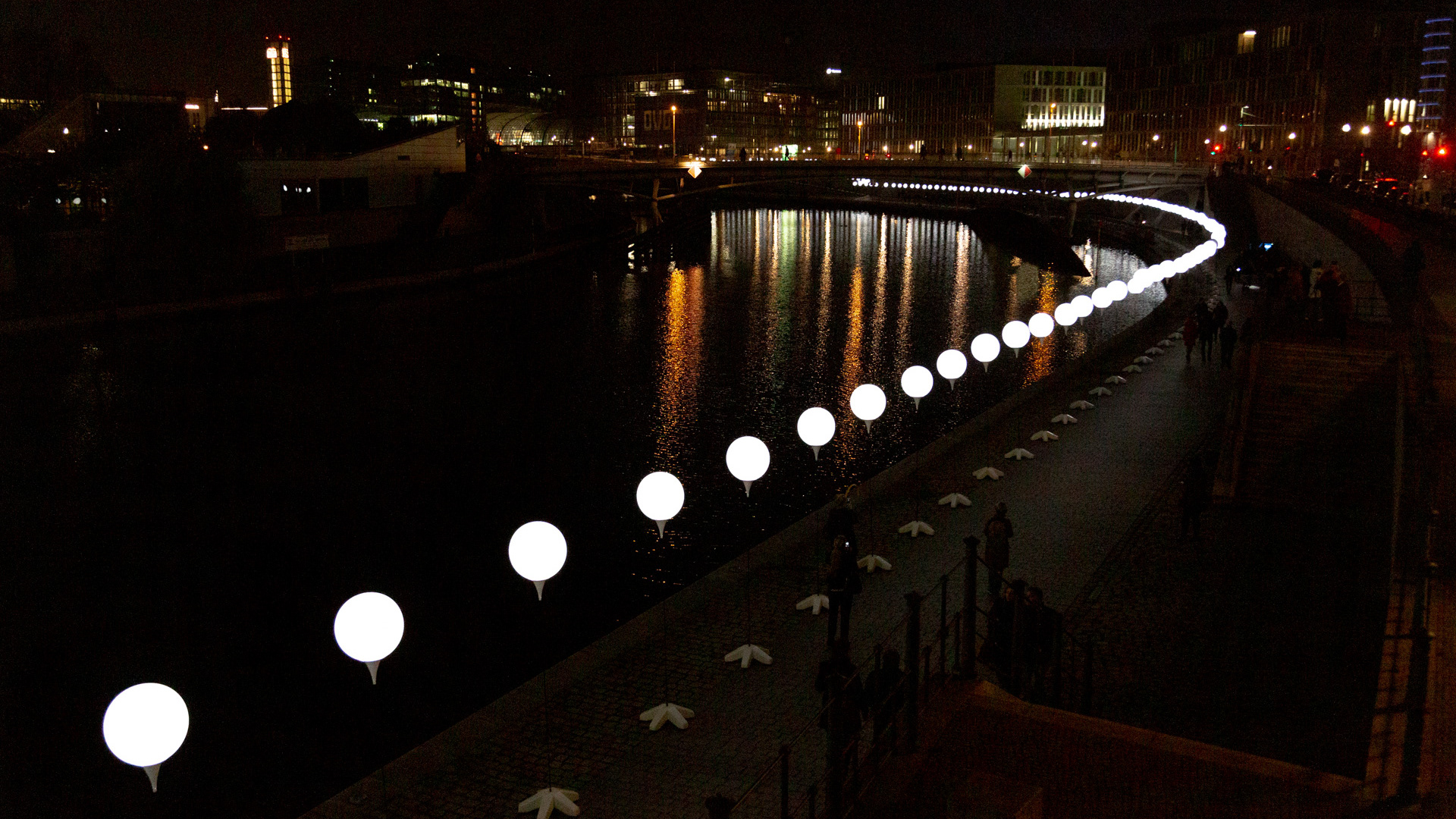We go to visit the Allied Museum (Alliierten Museum) which is located in Dahlem in what was once the territory of the United States, which here in the area still have some military bases in use.
The excessive use of propaganda was, from the beginning, the strongest weapon of the Cold War. Between slogans, diversity of views and repeated rudeness to put the opponent in a bad light, the battle was not always directed with direct attacks. The museum illustrates step by step the path from '45 to '94 from the point of view of the Allies with reconstructions, anecdotes, newspapers and various objects that were partly donated to the museum by veterans.
In the museum, built in the former Outpost Theater and the surrounding area, there is a British plane used during the Airlift called with the nickname of "Candy Bomber", the dining car of a French military train, an inevitable piece of the wall with an adjoining watchtower and the last of Checkpoint Charlie who retired in 1990.
The Checkpoint which is today on the border between Kreuzberg and Mitte, the protagonist of the photographs of thousands of tourists every year, is in fact a replica; its value is more symbolic than strictly historical. The Allied Museum preserves what was used by British, French and American citizens to cross the border, with three different counters divided by country that still retain the retro charm of the 80s interiors.
In the permanent exhibition, almost all objects are repeated three times, once for each ally. The three uniforms of the commanders, for example. There is also a display case that tells of Kennedy's visit in '63, some interactive maps of Berlin showing the layout of the various military command centers and a series of objects to tell the strategy of the Airlift in the distribution of goods for the population during that period.
A curiosity is found at the entrance to the Theater, where the four flags of the Allies are displayed at the end of the Second World War, also including the Soviet Union which formally had never abandoned the post of fourth allied power in the fight against Nazi-fascism, given that it kept only in a formal way also in the Kommandantur (Command Offices) in West Berlin.
Not far from the museum is a sculpture that symbolizes the fall of the Berlin Wall, "The Day the Wall Came Down" by the artist Veryl Goodnight specializing in animal sculptures. Although little known, this sculpture somehow manages to give us back the sense of the moment of change, of the large concrete cage that for years kept the West Berliners closed even if in fact it contained and forced the East Berliners.
The excessive use of propaganda was, from the beginning, the strongest weapon of the Cold War. Between slogans, diversity of views and repeated rudeness to put the opponent in a bad light, the battle was not always directed with direct attacks. The museum illustrates step by step the path from '45 to '94 from the point of view of the Allies with reconstructions, anecdotes, newspapers and various objects that were partly donated to the museum by veterans.
In the museum, built in the former Outpost Theater and the surrounding area, there is a British plane used during the Airlift called with the nickname of "Candy Bomber", the dining car of a French military train, an inevitable piece of the wall with an adjoining watchtower and the last of Checkpoint Charlie who retired in 1990.
The Checkpoint which is today on the border between Kreuzberg and Mitte, the protagonist of the photographs of thousands of tourists every year, is in fact a replica; its value is more symbolic than strictly historical. The Allied Museum preserves what was used by British, French and American citizens to cross the border, with three different counters divided by country that still retain the retro charm of the 80s interiors.
In the permanent exhibition, almost all objects are repeated three times, once for each ally. The three uniforms of the commanders, for example. There is also a display case that tells of Kennedy's visit in '63, some interactive maps of Berlin showing the layout of the various military command centers and a series of objects to tell the strategy of the Airlift in the distribution of goods for the population during that period.
A curiosity is found at the entrance to the Theater, where the four flags of the Allies are displayed at the end of the Second World War, also including the Soviet Union which formally had never abandoned the post of fourth allied power in the fight against Nazi-fascism, given that it kept only in a formal way also in the Kommandantur (Command Offices) in West Berlin.
Not far from the museum is a sculpture that symbolizes the fall of the Berlin Wall, "The Day the Wall Came Down" by the artist Veryl Goodnight specializing in animal sculptures. Although little known, this sculpture somehow manages to give us back the sense of the moment of change, of the large concrete cage that for years kept the West Berliners closed even if in fact it contained and forced the East Berliners.
